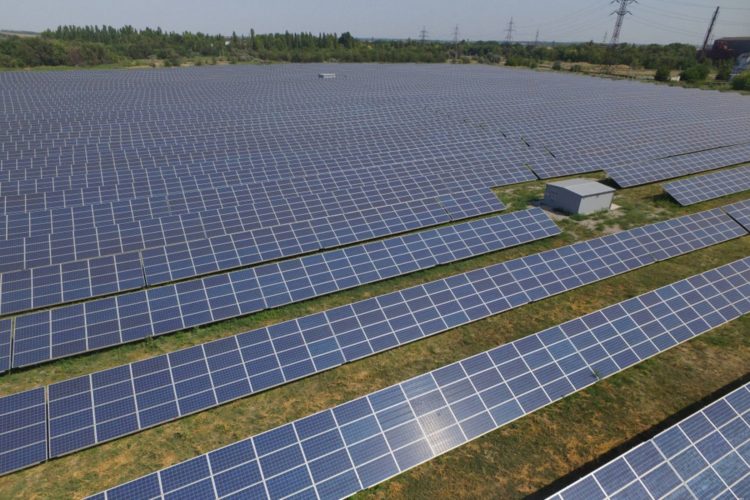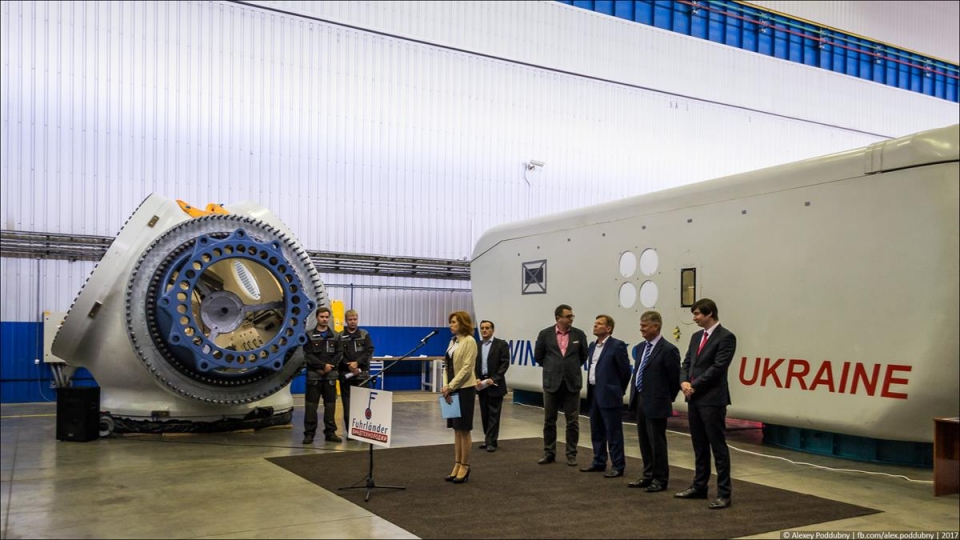Ukraine’s favorable geographic position contributes to the development of alternative energy. In the next few years, work will be carried out in three directions: wind energy, solar energy and hydropower. Experts consider the solar sector to be the most promising area.
“Solar is developing very fast. I mean solar energy projects become cheaper from year to year. If earlier the cost of one megawatt of capacity was 5–6 million US dollars, now its price has dropped six fold,” said Serhiy Savchuk, Head of the State Agency on Energy Efficiency and Energy Saving in Ukraine.
The monopoly of large solar parks is gone. Now solar panels are being set up in private housing and small businesses.
“We see that solar blinds and solar collectors are developing nowadays. Even some sanatoriums are heating water with the help of solar collectors, without using heating energy from gas and other types of fuel,” explains Savchuk.
There is an idea to turn the Chornobyl exclusion zone into an alternative energy source. Ukraine is ready to use 6 thousand hectares of “inactive” land for the production of solar energy, biogas and thermal energy. 60 investors have already expressed an intention to invest in the project.
“This will allow using empty areas that cannot be used for other types of activities. Therefore, it will not be empty anymore. It will provide residents of the adjacent areas with jobs. This is additional revenue for local budgets,” said Vitaliy Petruk, Head of the State Exclusion Zone Agency.
In total, achieving this goal requires more than USD 1.5 billion. Owing to project implementation, the exclusion zone can give the country 400 additional megawatts of energy. According to Petruk, now the work is focused on how to get it passed in the legislative field and to allow investors to start working.
In 2015 the “green tariff” was reduced in Ukraine to equal the world’s average. Incentives for using Ukrainian-made equipment have been introduced:
“The law allows providing guarantees to investors who produce electric and heat energy from other types of fuel. We give them an incentive tariff that is guaranteed by law. The investor has to have a guarantee that he will return his investments. Unfortunately, we haven’t had such guarantees before,” clarifies Savchuk.
Joining the Energy Community, Ukraine has undertaken a commitment to generate 11 percent of alternative electricity by 2020. Today, this figure is at 1.5 percent.






